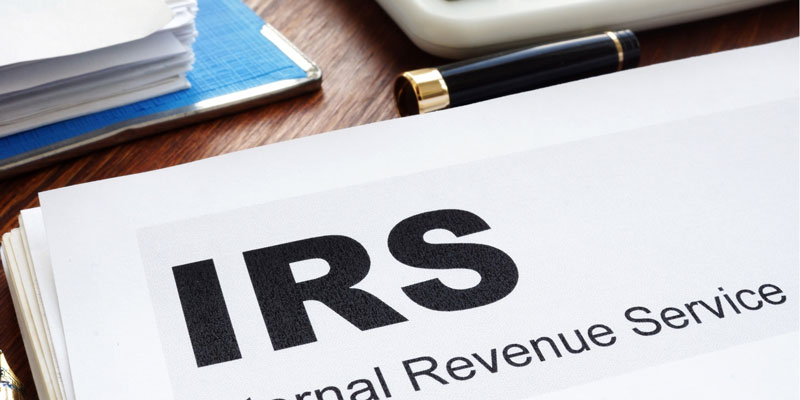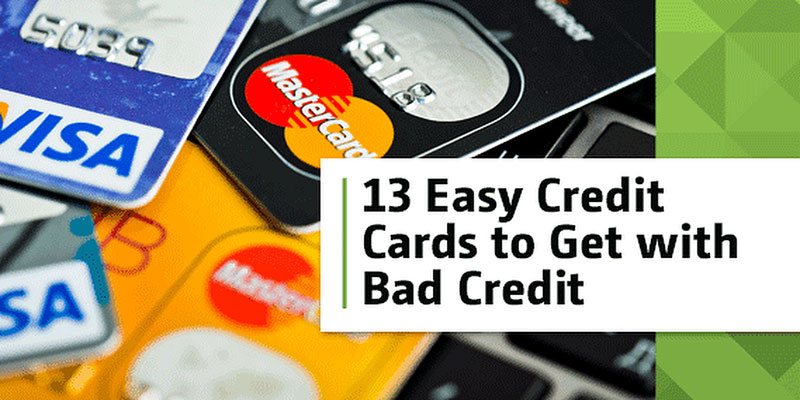Teacher Loan Forgiveness is a beacon of hope for educators facing the daunting challenges of student loan debt. This federal program aims to alleviate the financial strain on teachers by allowing eligible educators to have a portion of their federal student loans forgiven.
In this guide, we will unravel the complexities of the Teacher Loan Forgiveness program, offering insights into its mechanics, eligibility criteria, application process, and potential pitfalls.
Understanding Teacher Loan Forgiveness
Teacher Loan Forgiveness, a federal program, seeks to alleviate the financial strain on educators by allowing eligible teachers to have a portion of their federal student loans forgiven. The primary goal is to encourage qualified teachers to work in low-income schools, addressing the critical need for quality education in underserved communities.
By offering loan forgiveness, the program aims to create a more appealing and sustainable career path for educators committed to making a difference where it matters most. Coming to the working of this program, understanding the mechanics of Teacher Loan Forgiveness is essential for educators considering this impactful program. Hop on below to learn more about it!
Loan Forgiveness Amount
Eligible teachers can receive forgiveness of up to $17,500 on specific types of federal student loans. These loans include Direct Subsidized and Unsubsidized Loans, as well as Subsidized and Unsubsidized Federal Stafford Loans.
This substantial forgiveness amount serves as a significant incentive for educators committed to making a difference in the lives of students in underserved communities.
Specified Period of Eligible Teaching Service
The heart of Teacher Loan Forgiveness lies in the requirement for a specified period of eligible teaching service. This period typically spans five consecutive academic years of full-time teaching in a low-income school.
However, for teachers specializing in certain high-need subject areas, the forgiveness period may be shortened to just four years. This service commitment recognizes and rewards the dedication of educators who choose to contribute their skills and passion to schools facing socio-economic challenges.
Acknowledgment of Educators' Dedication
Beyond the financial aspect, Teacher Loan Forgiveness is a meaningful acknowledgment of educators' commitment and dedication to their profession. By tying the loan forgiveness to years of service in low-income schools, the program emphasizes the importance of quality education in communities that need it most.
This acknowledgment goes beyond the classroom, recognizing the role teachers play in shaping the future and fostering positive change within society.
Aligning Financial Relief with Invaluable Service
Teacher Loan Forgiveness operates on the principle of aligning financial relief directly with the invaluable service educators provide in the classroom. As teachers invest their time, expertise, and passion in nurturing the minds of the next generation, the program reciprocates by lessening the financial burden associated with student loans.
This alignment creates a symbiotic relationship, reinforcing the reciprocal nature of the commitment between teachers and the communities they serve.
Eligibility Criteria

Navigating the Teacher Loan Forgiveness journey begins with understanding the eligibility criteria, a crucial aspect of making the most of this program.
Who Qualifies?
To qualify for Teacher Loan Forgiveness, teachers must not only be Highly Qualified, as defined by state certification standards, but also work in a designated low-income school. Being Highly Qualified involves meeting specific certification requirements and ensuring a baseline of expertise.
Additionally, the program requires teachers to focus on high-need subject areas, aligning with the broader goal of addressing educational disparities and fostering excellence where it is needed most.
The Application Process
Successfully securing Teacher Loan Forgiveness involves a well-defined application process designed to streamline the experience for educators.
Step 1: Complete the Employment Certification Form
The first step is to fill out the Employment Certification Form, a crucial document that verifies your teaching service. This form ensures that you are on the right track for loan forgiveness, serving as a cornerstone for the entire process.
Step 2: Submit the Form Annually
It is advisable to submit the Employment Certification Form annually. This regular check-in allows you to keep track of your progress toward meeting the required years of eligible teaching service, making the final application smoother and more accurate.
Step 3: Submit the Forgiveness Application
After completing the required years of service, submit the formal Teacher Loan Forgiveness Application. This is the culmination of your commitment to education, and upon approval, it paves the way for significant financial relief.
Potential Pitfalls: Watch Out for These
While Teacher Loan Forgiveness provides a valuable opportunity for educators to alleviate student loan burdens, it's crucial to be aware of potential pitfalls that can impact the success of your application.
Not Meeting Eligibility Requirements
The primary pitfall to avoid is the failure to meet eligibility requirements. Many application denials stem from educators not being Highly Qualified, working in a designated low-income school, or focusing on high-need subject areas. It's imperative to thoroughly understand and fulfill these criteria before applying.
Confirm that your teaching certification is in line with state standards, verify your school's eligibility status, and ensure your subject area aligns with high-need designations. Careful attention to these details is the foundation for a successful Teacher Loan Forgiveness application.
Incorrectly Filling Out Forms
Precision is paramount in the application process, and any errors in the forms can lead to unnecessary delays or, worse, denials. Take the time to thoroughly review and double-check all documentation before submission.
Common mistakes may include inaccuracies in employment dates, incorrect school details, or missing signatures. Consider seeking assistance from a colleague or mentor to review your forms, providing an extra layer of assurance.
Loan Types Matter

Another potential pitfall involves the assumption that all types of loans qualify for Teacher Loan Forgiveness. Unfortunately, this is not the case. Certain loans may not be eligible for forgiveness, potentially leading to disappointment for educators who overlook this crucial detail.
Before applying, verify that your loans qualify for forgiveness and, if necessary, consider consolidating them into a qualifying loan.
Conclusion
Teacher Loan Forgiveness is not just a program; it's a lifeline for educators striving to make a difference in the lives of students while managing the challenges of student loan debt.
By understanding the program's mechanics, meeting eligibility criteria, navigating the application process, and steering clear of potential pitfalls, educators can unlock the doors to financial relief and continue their invaluable contribution to shaping the future.



